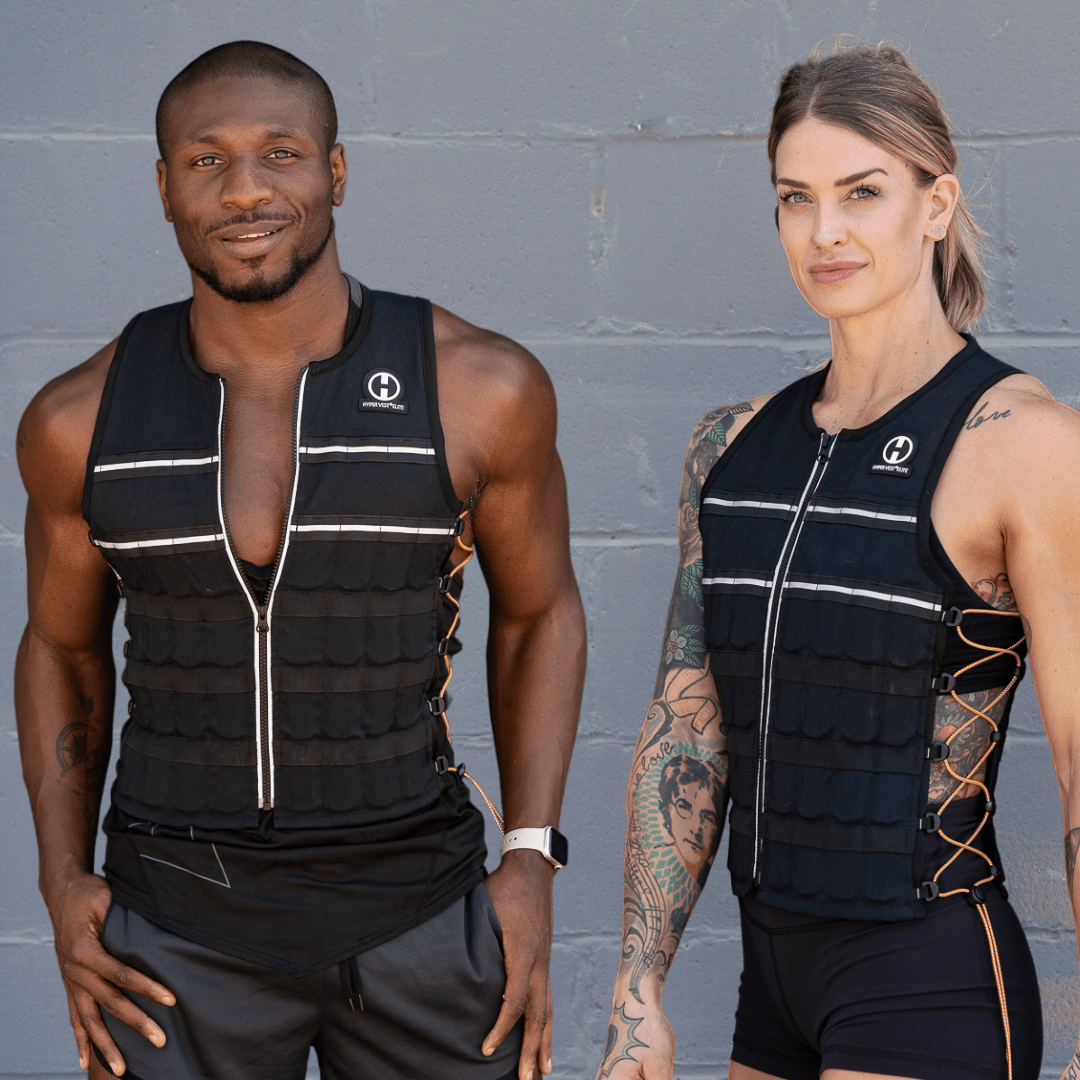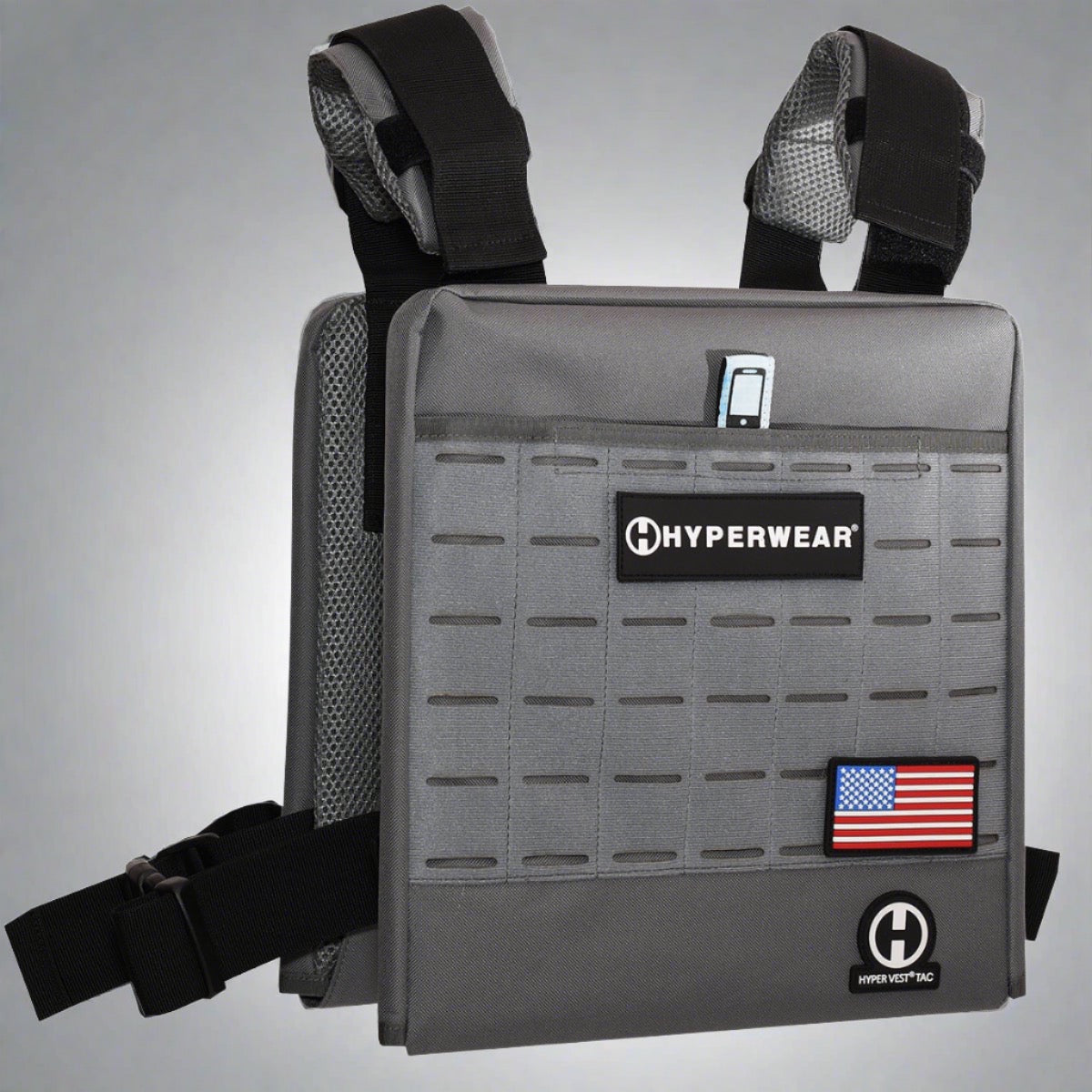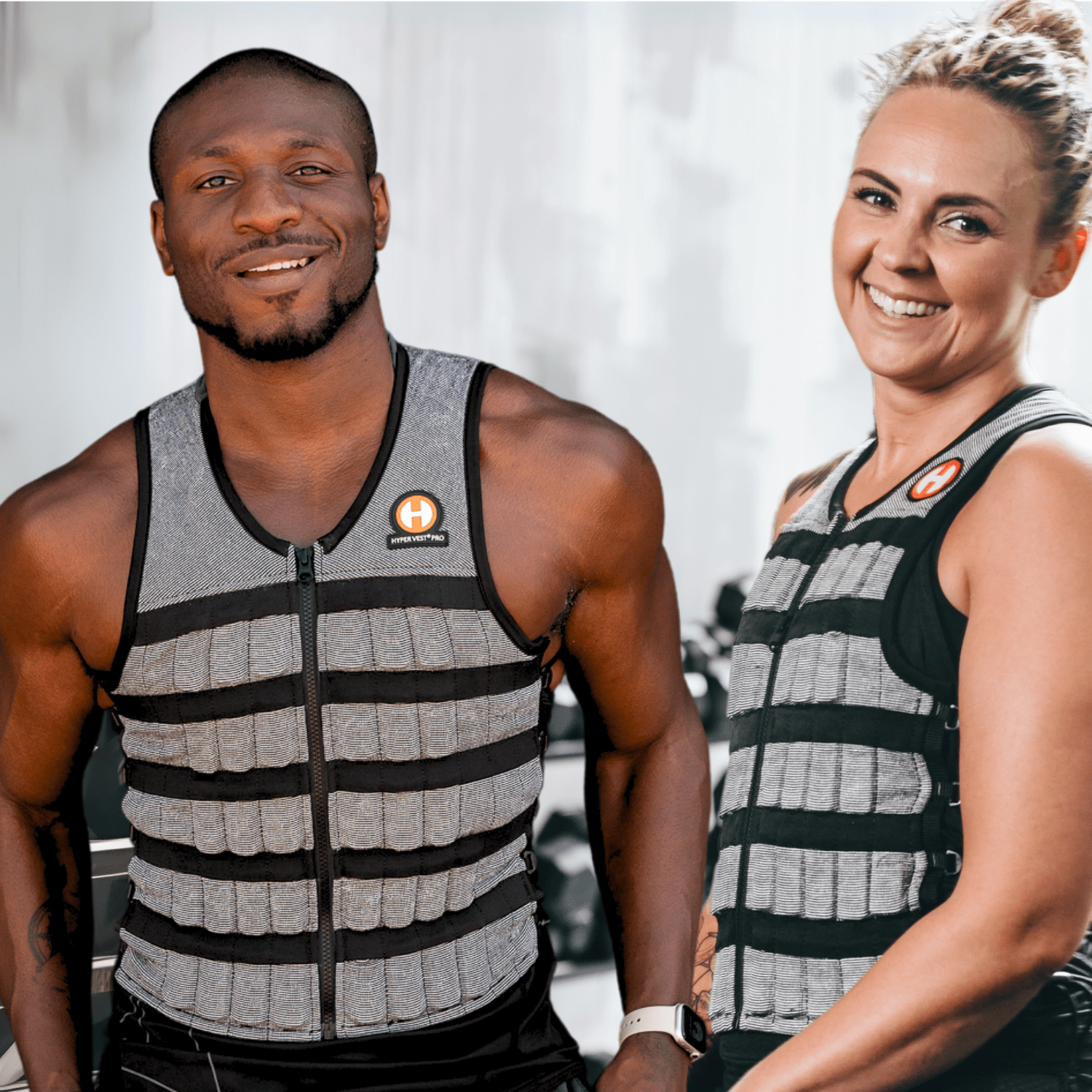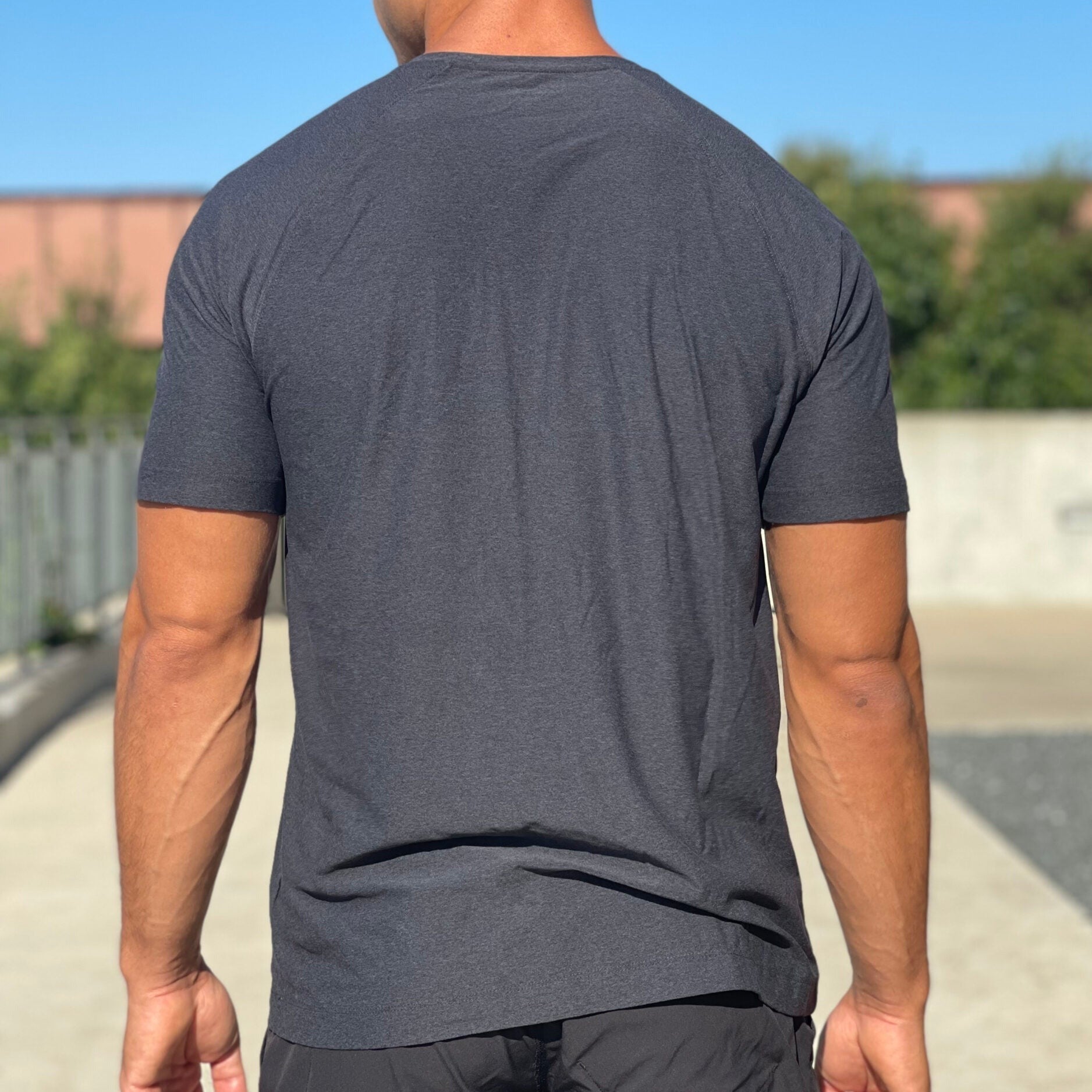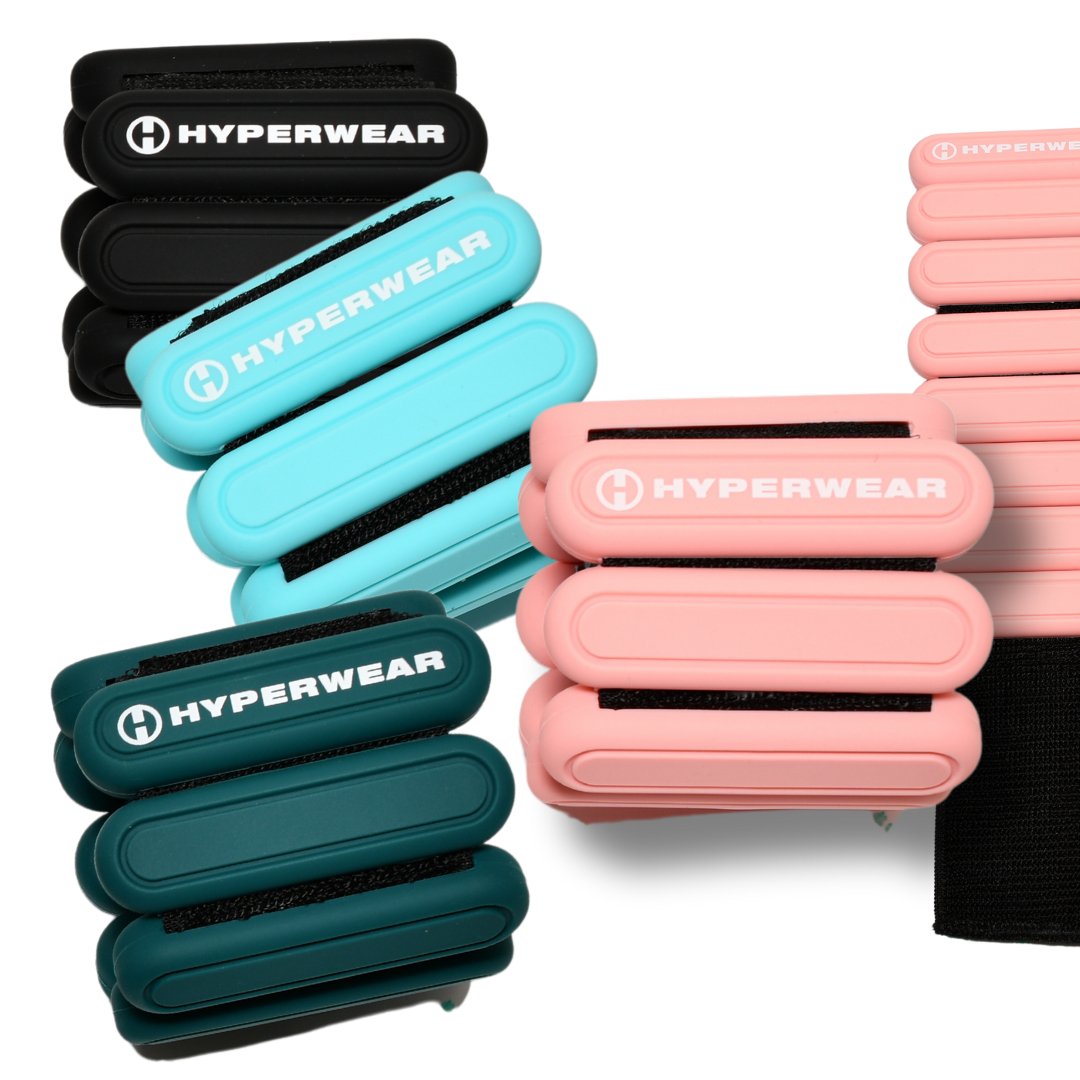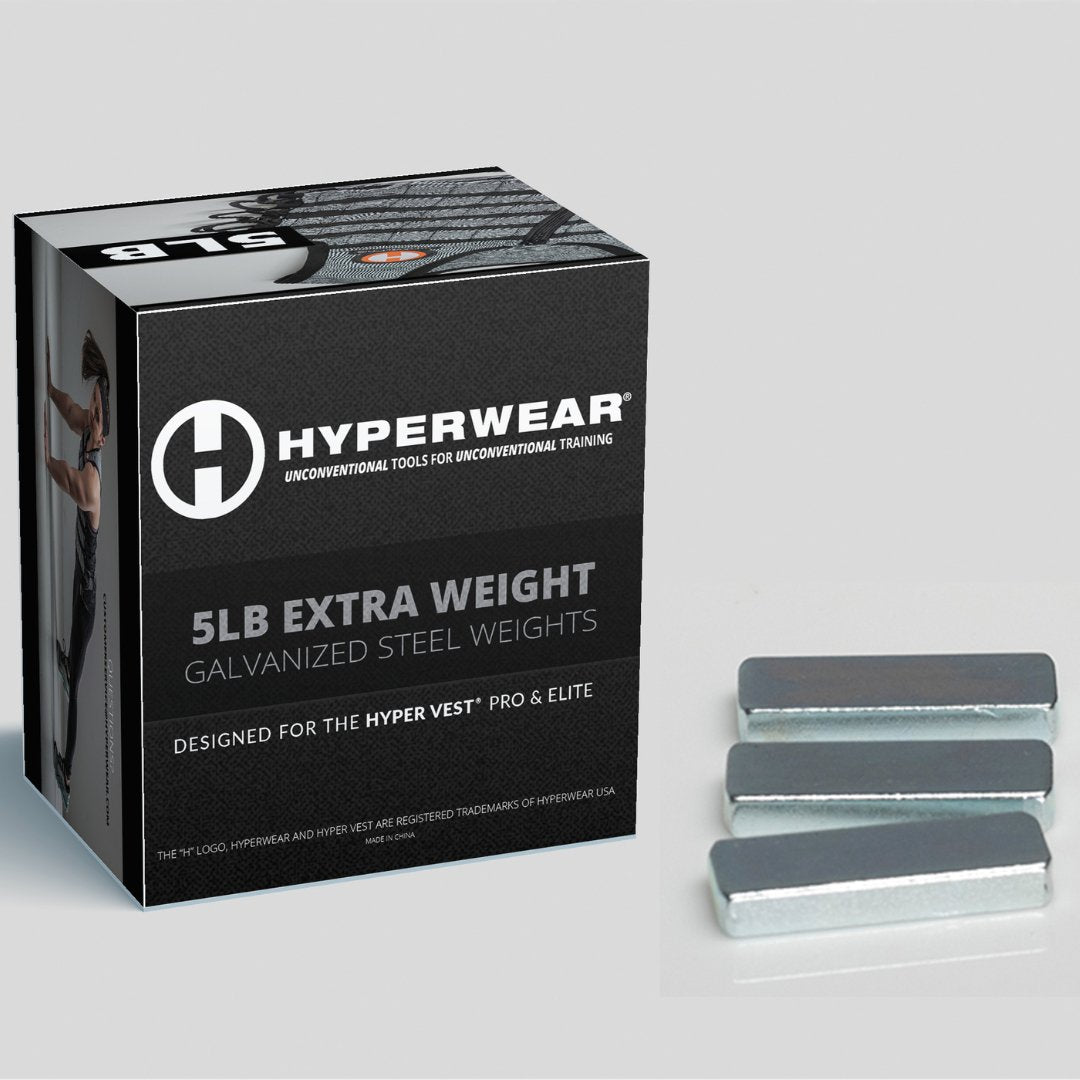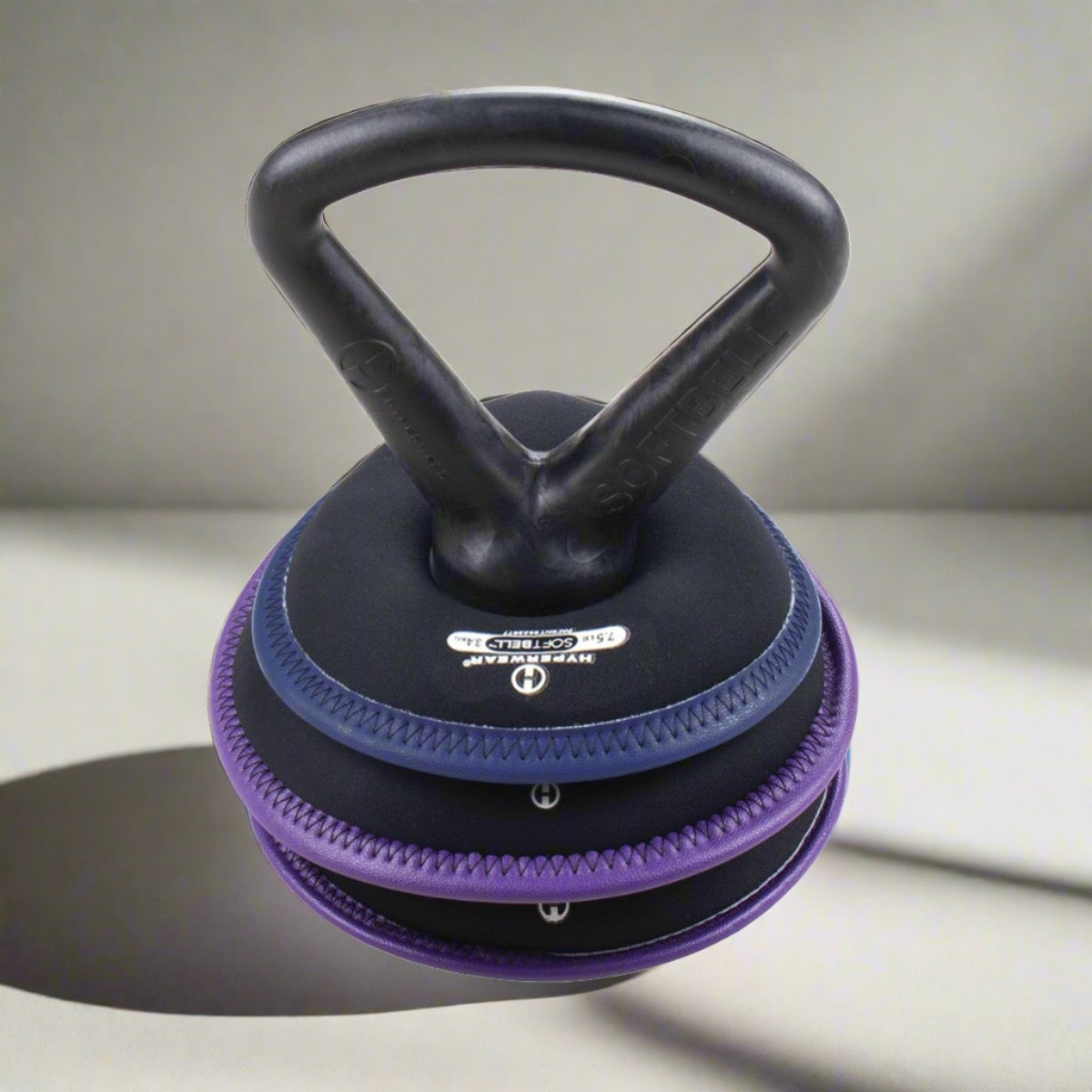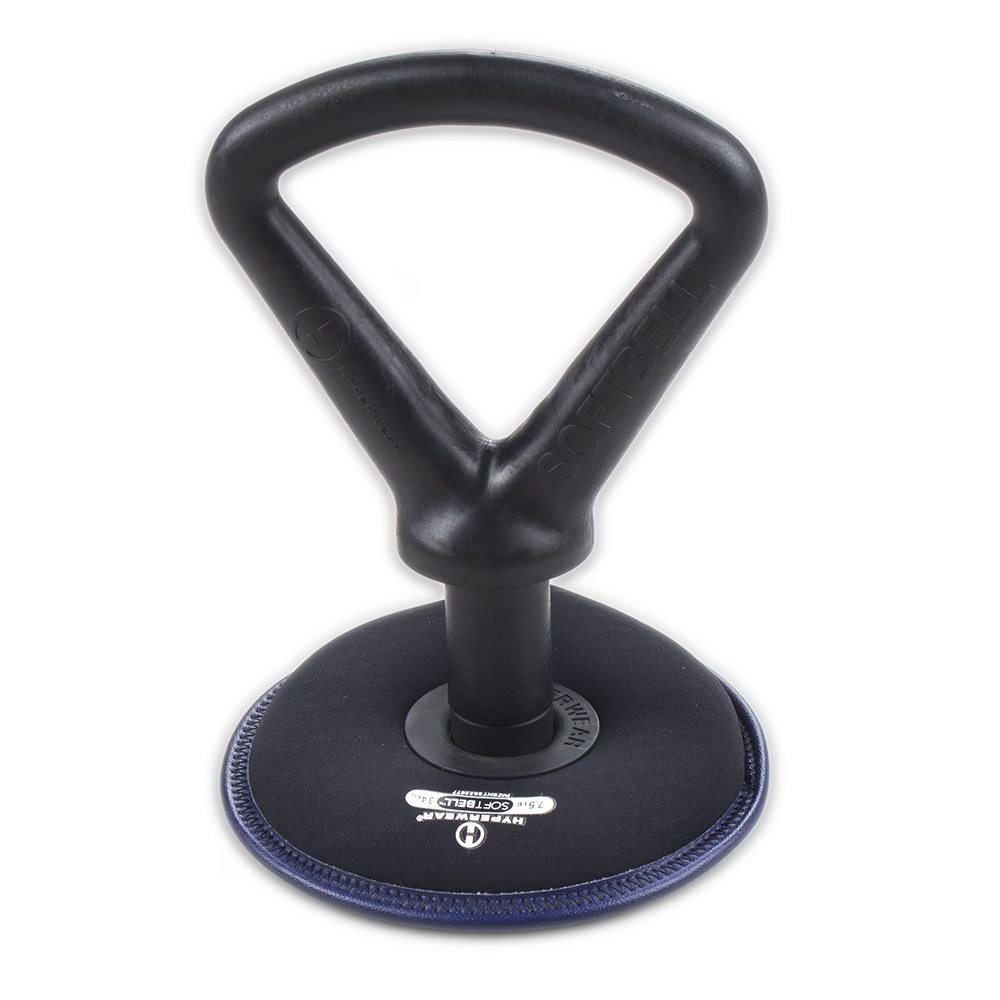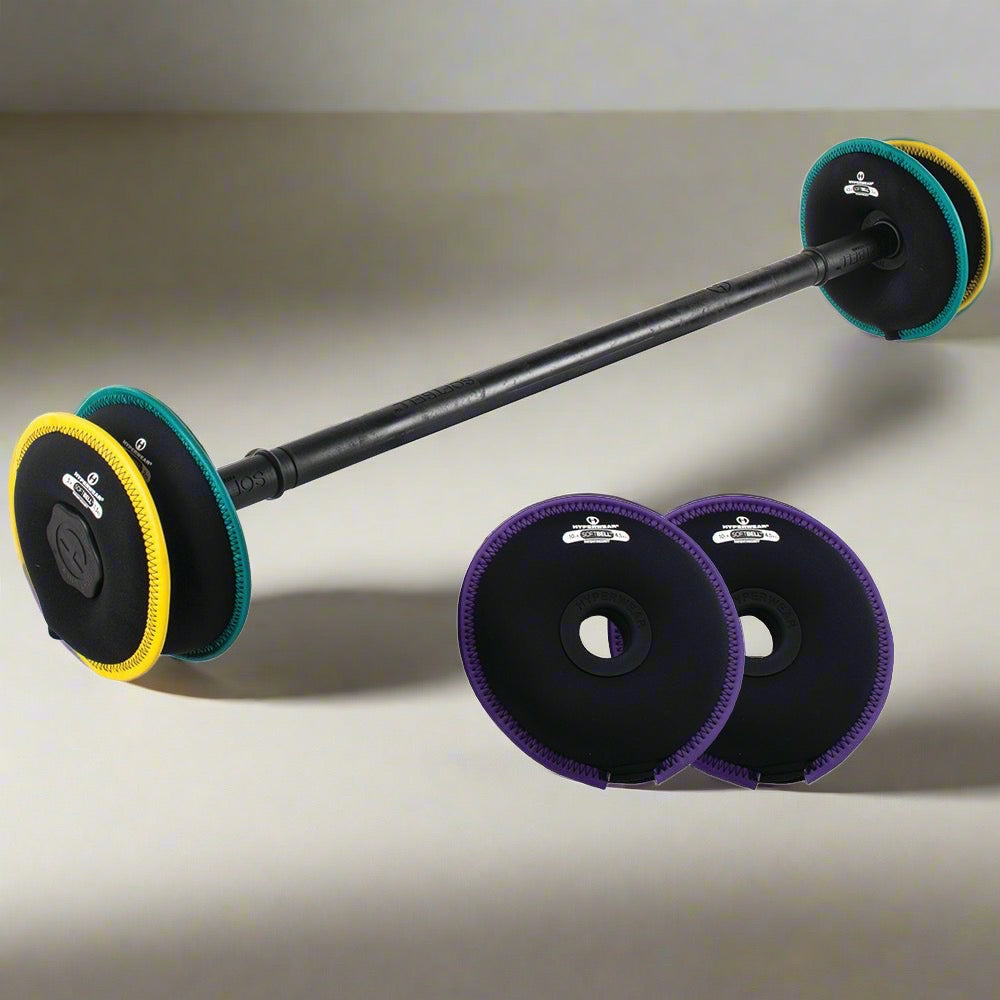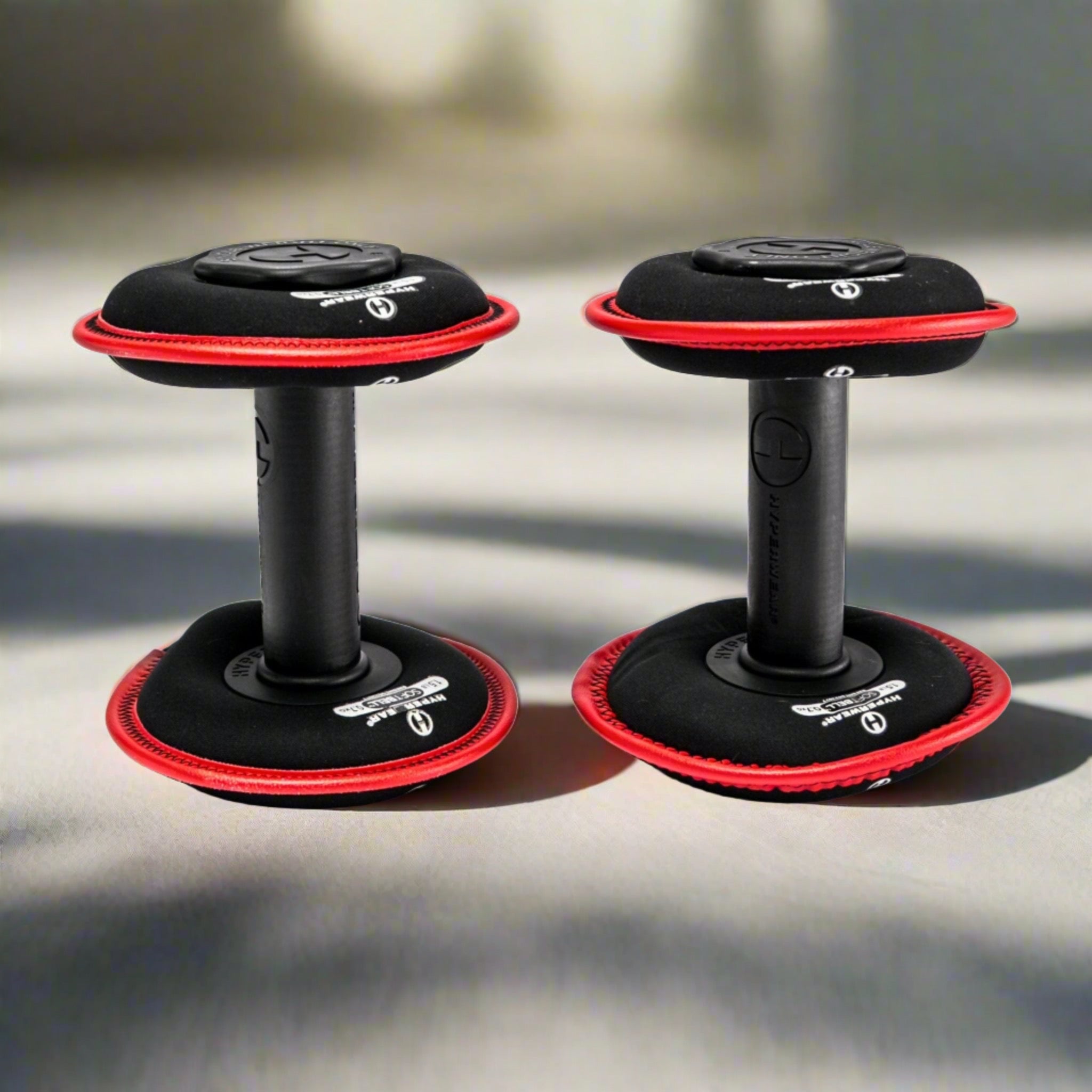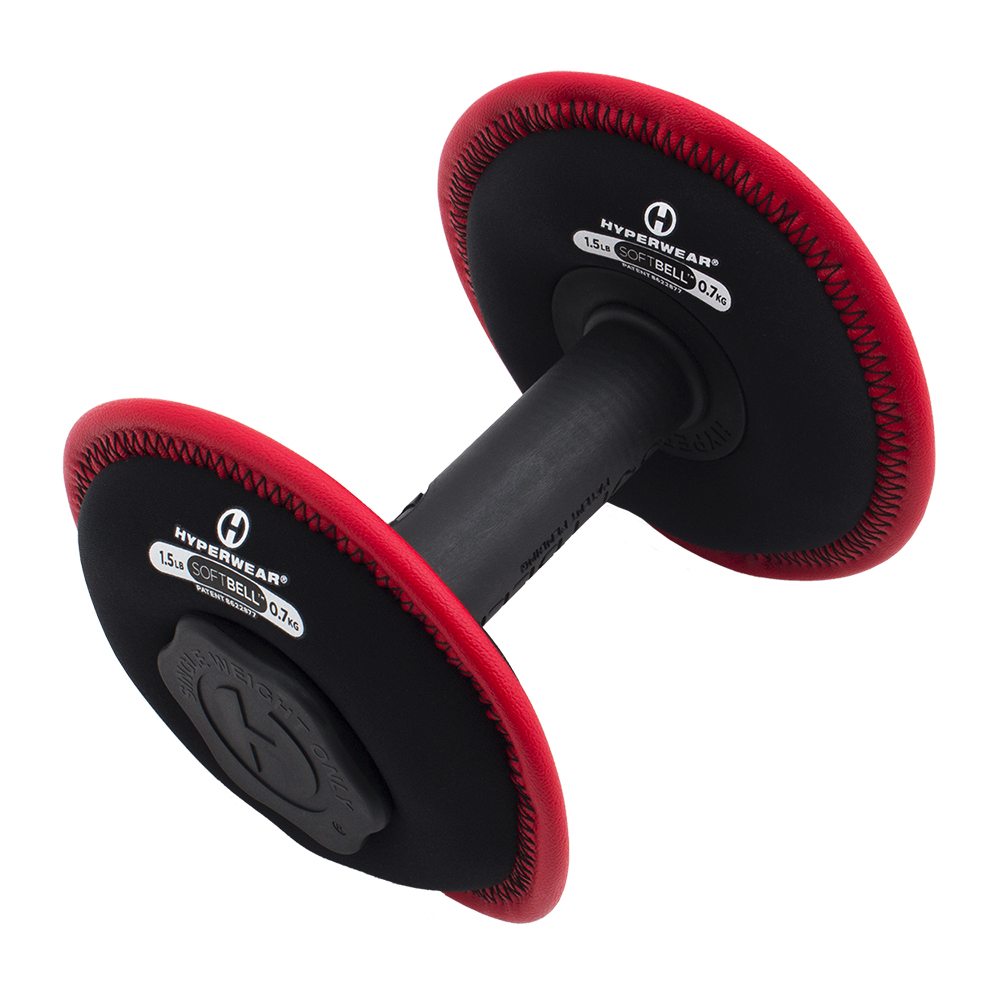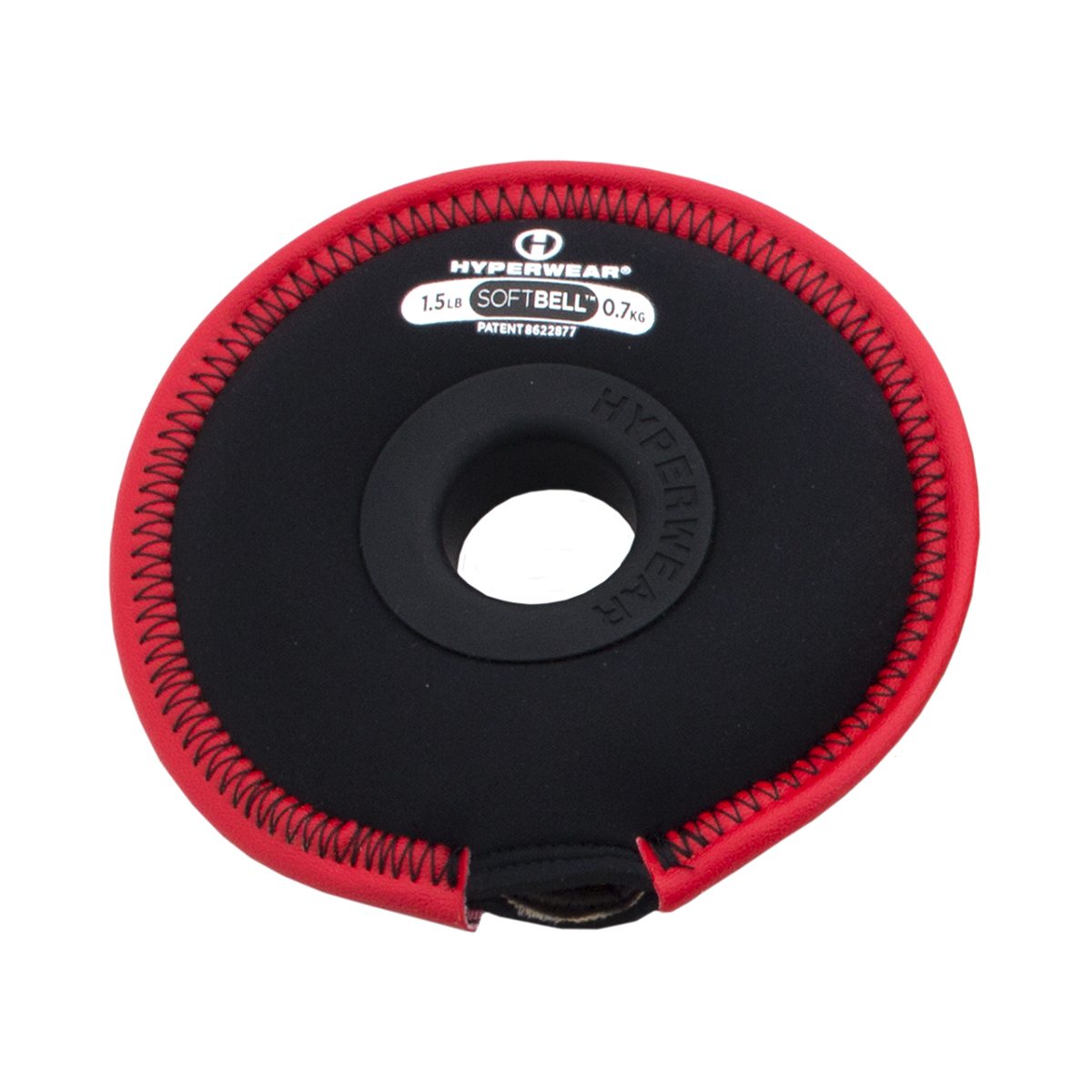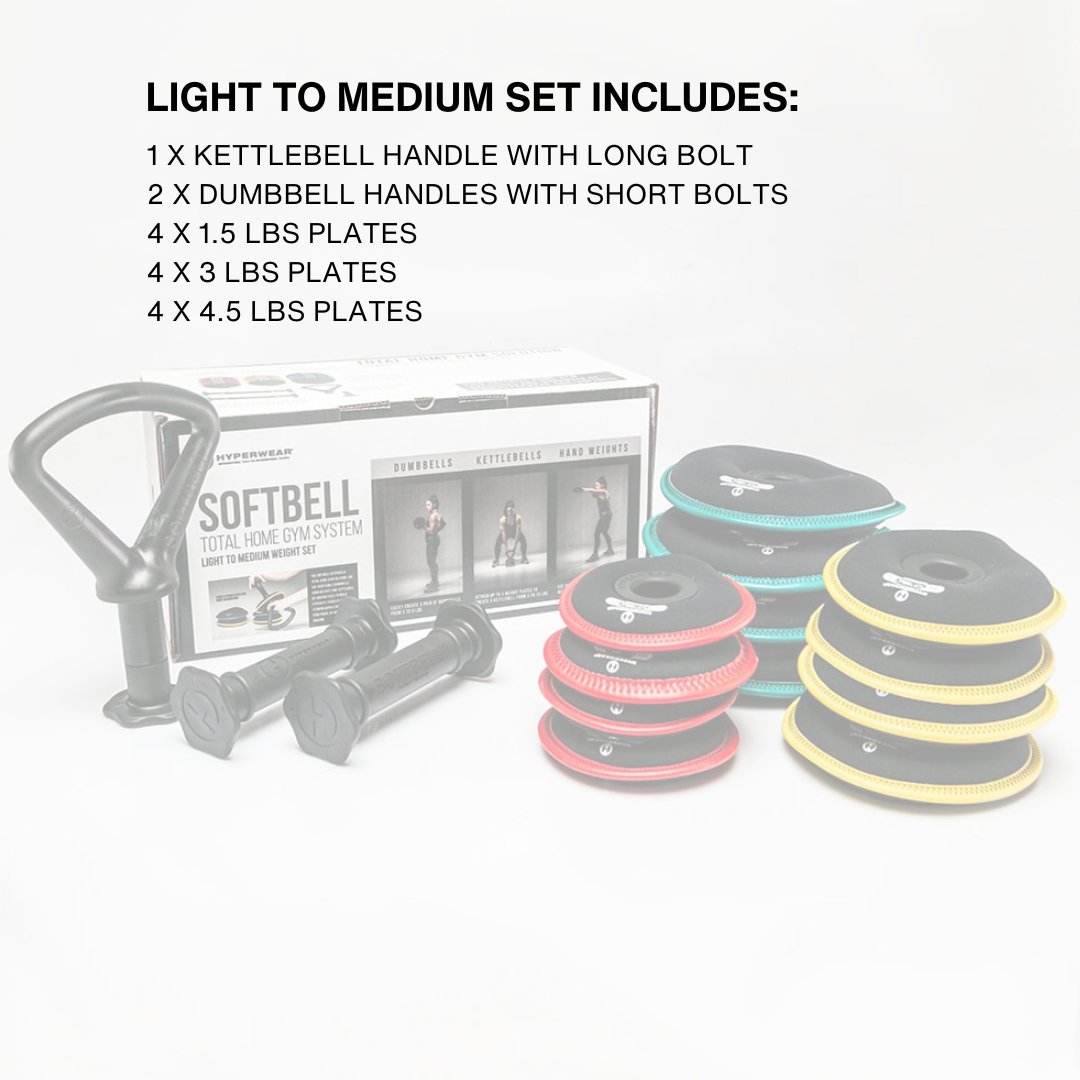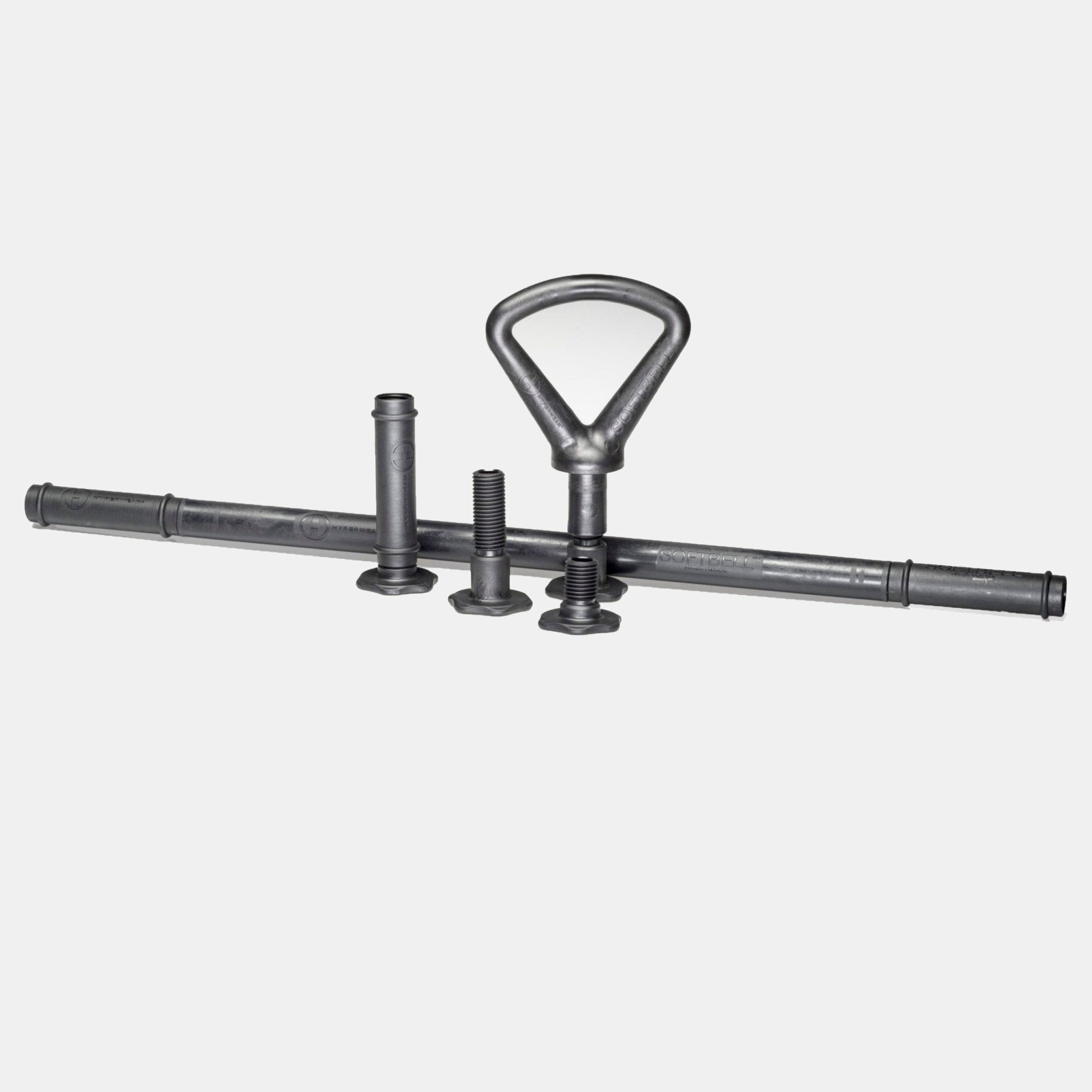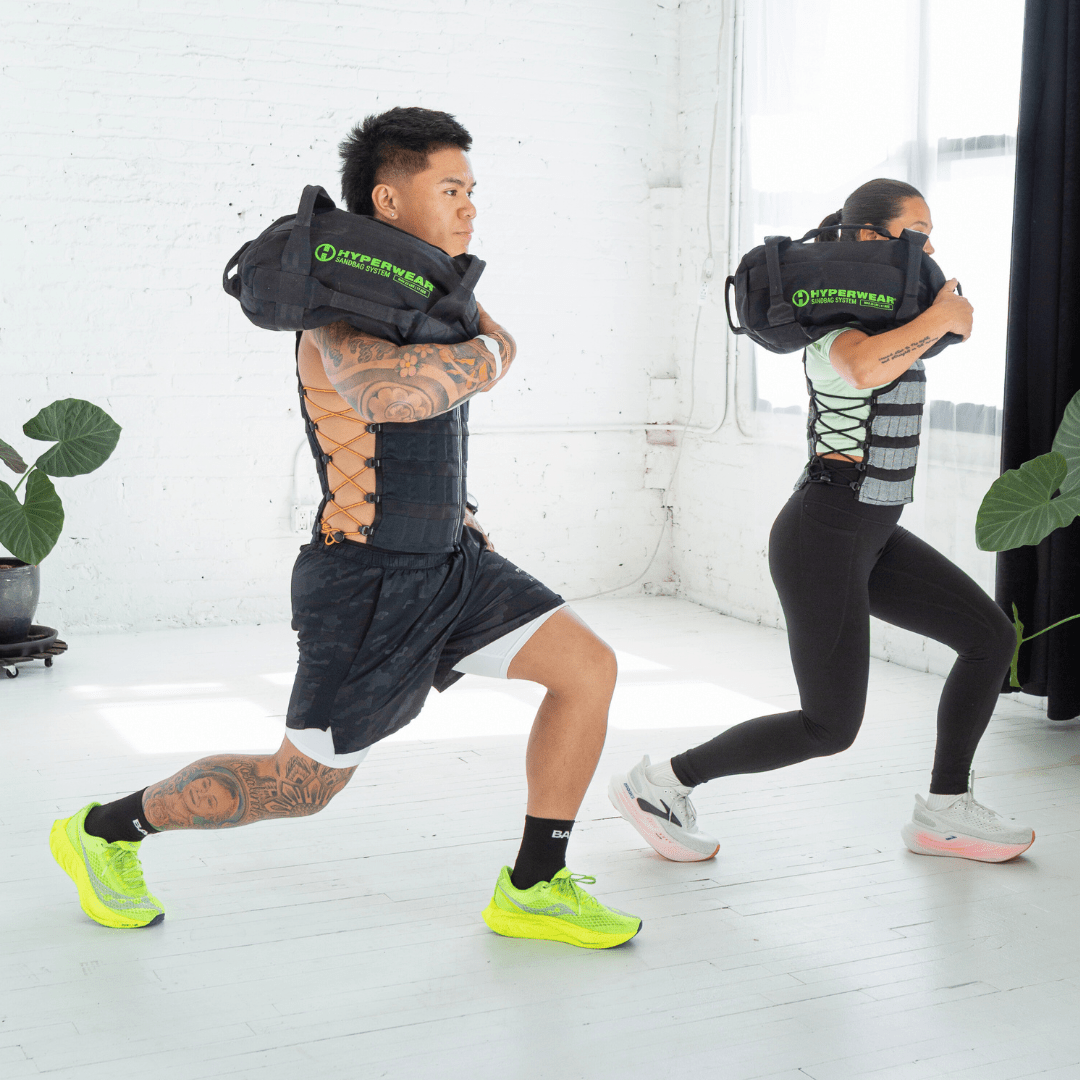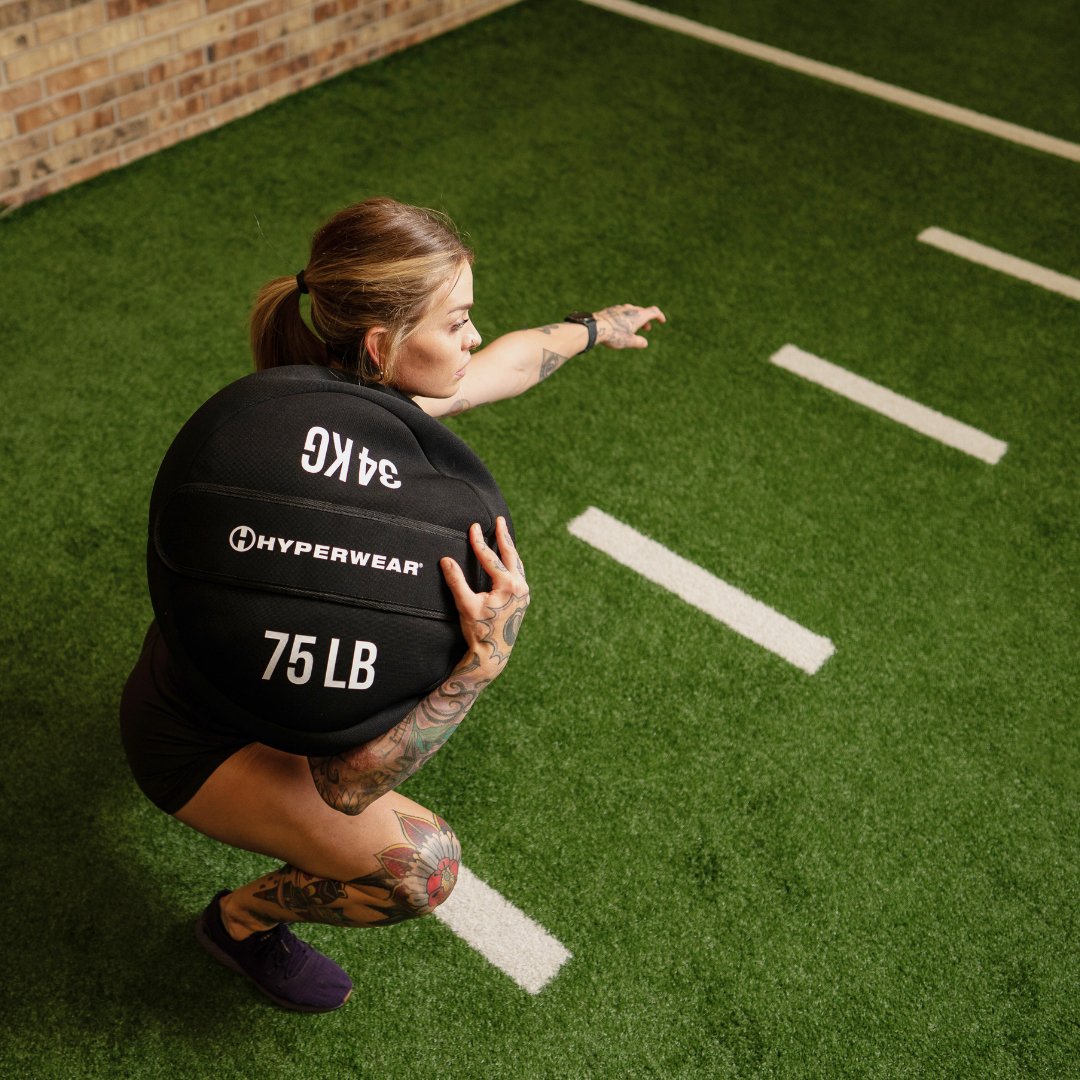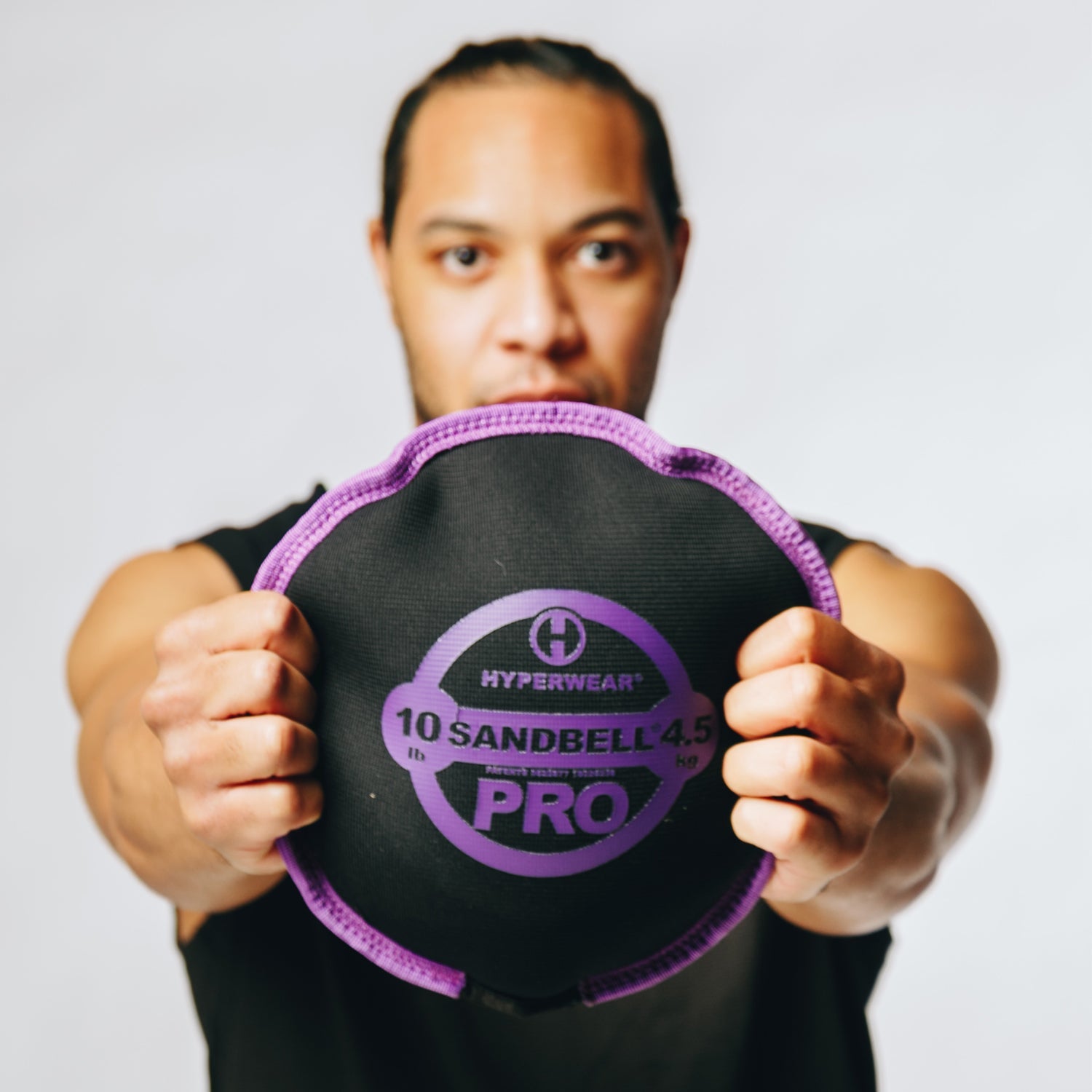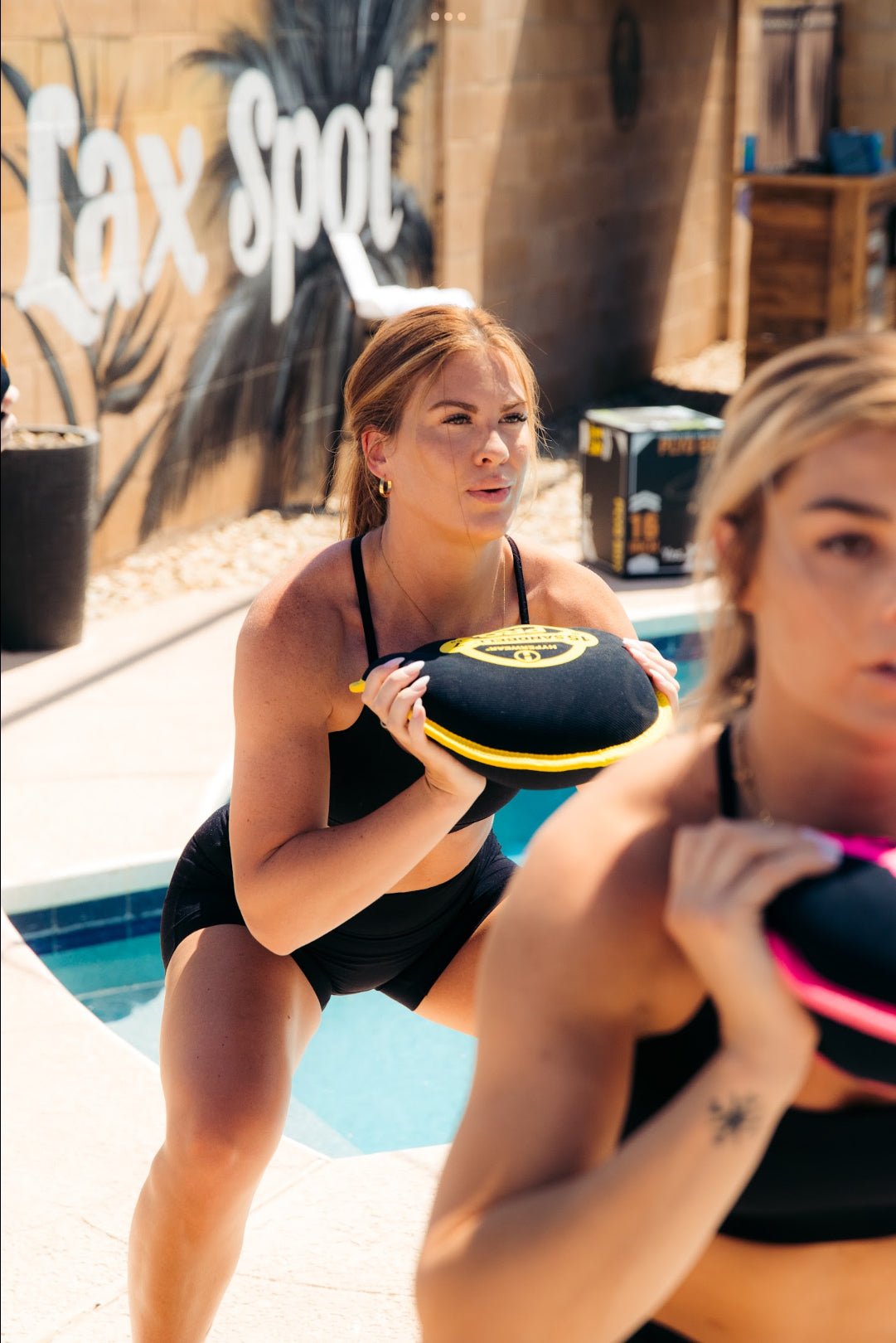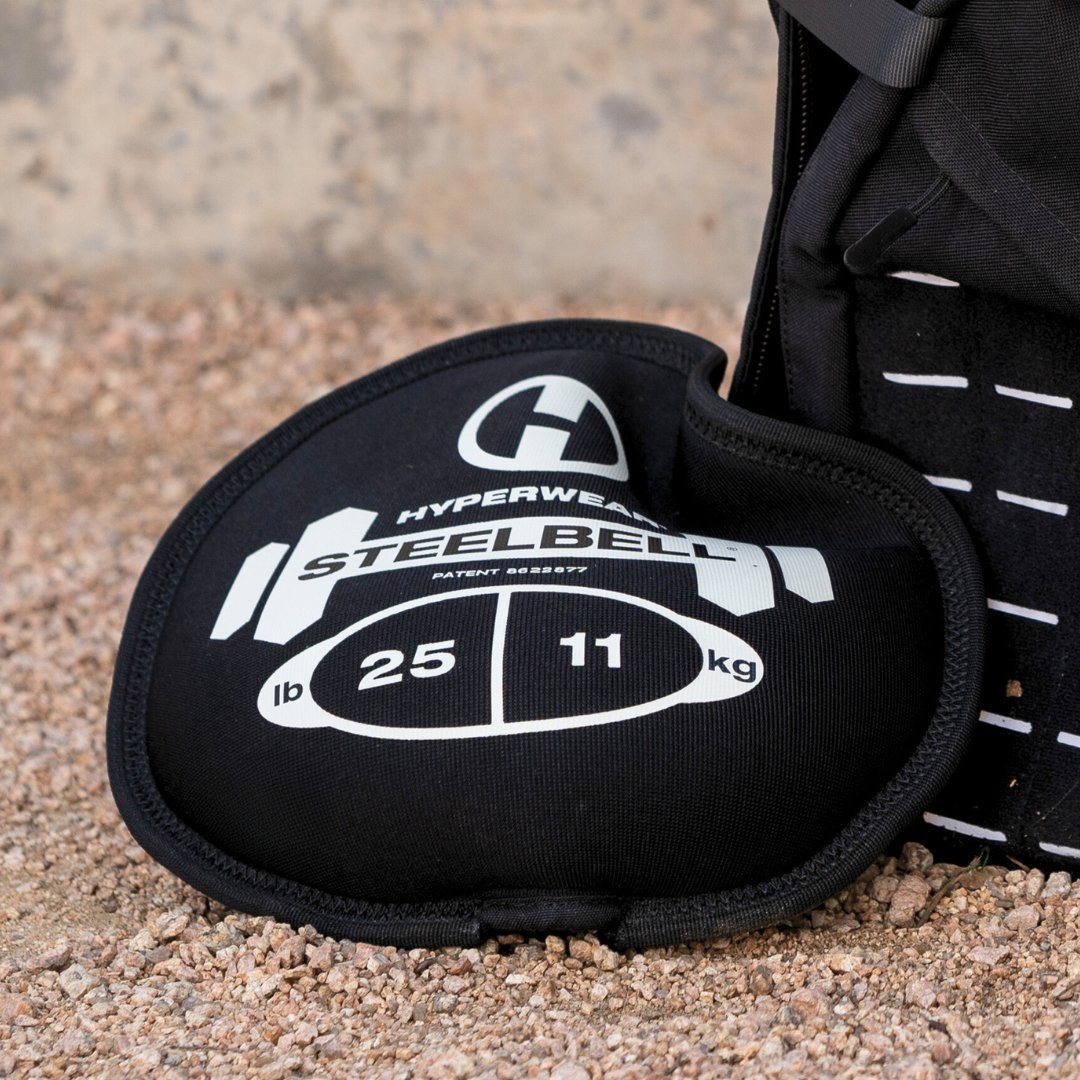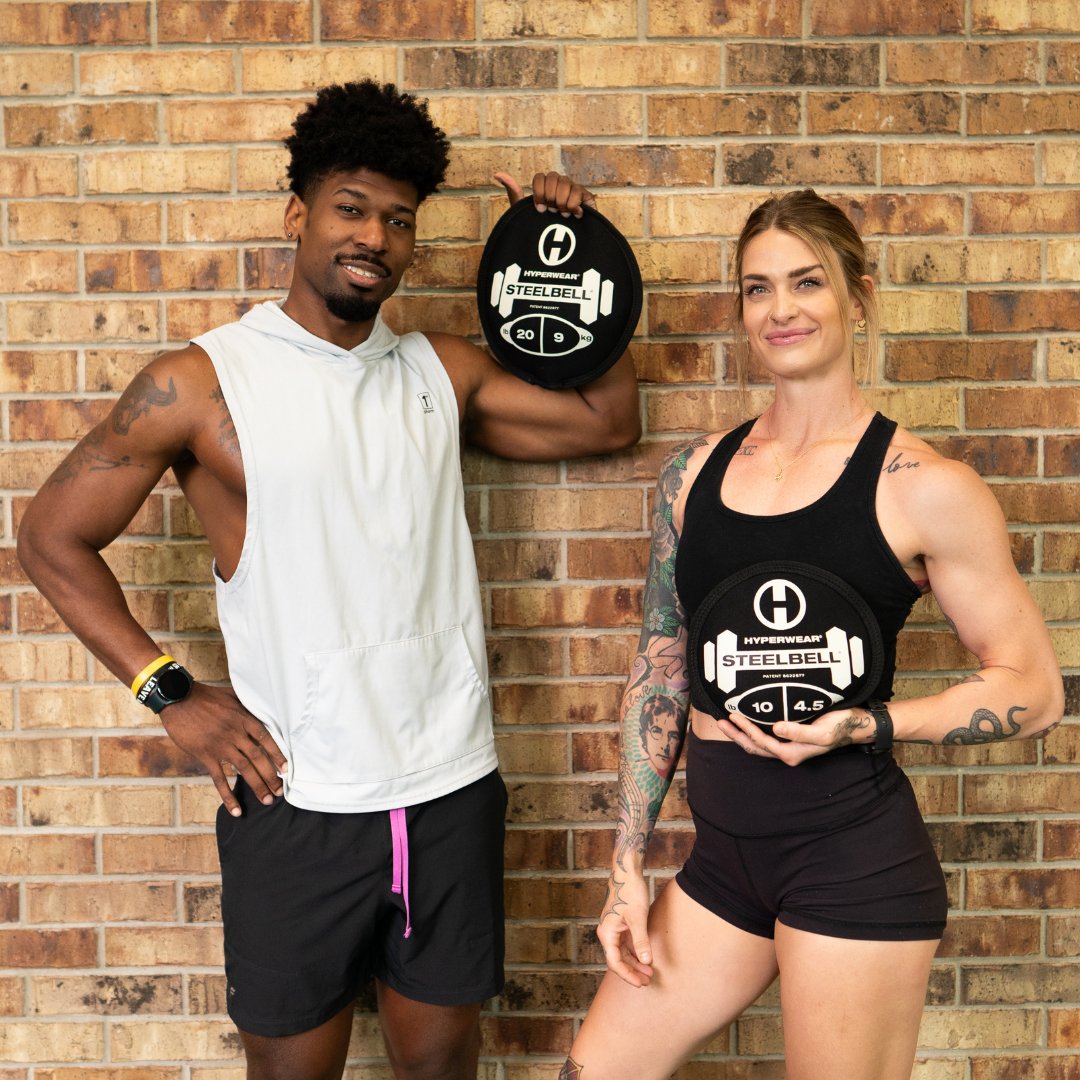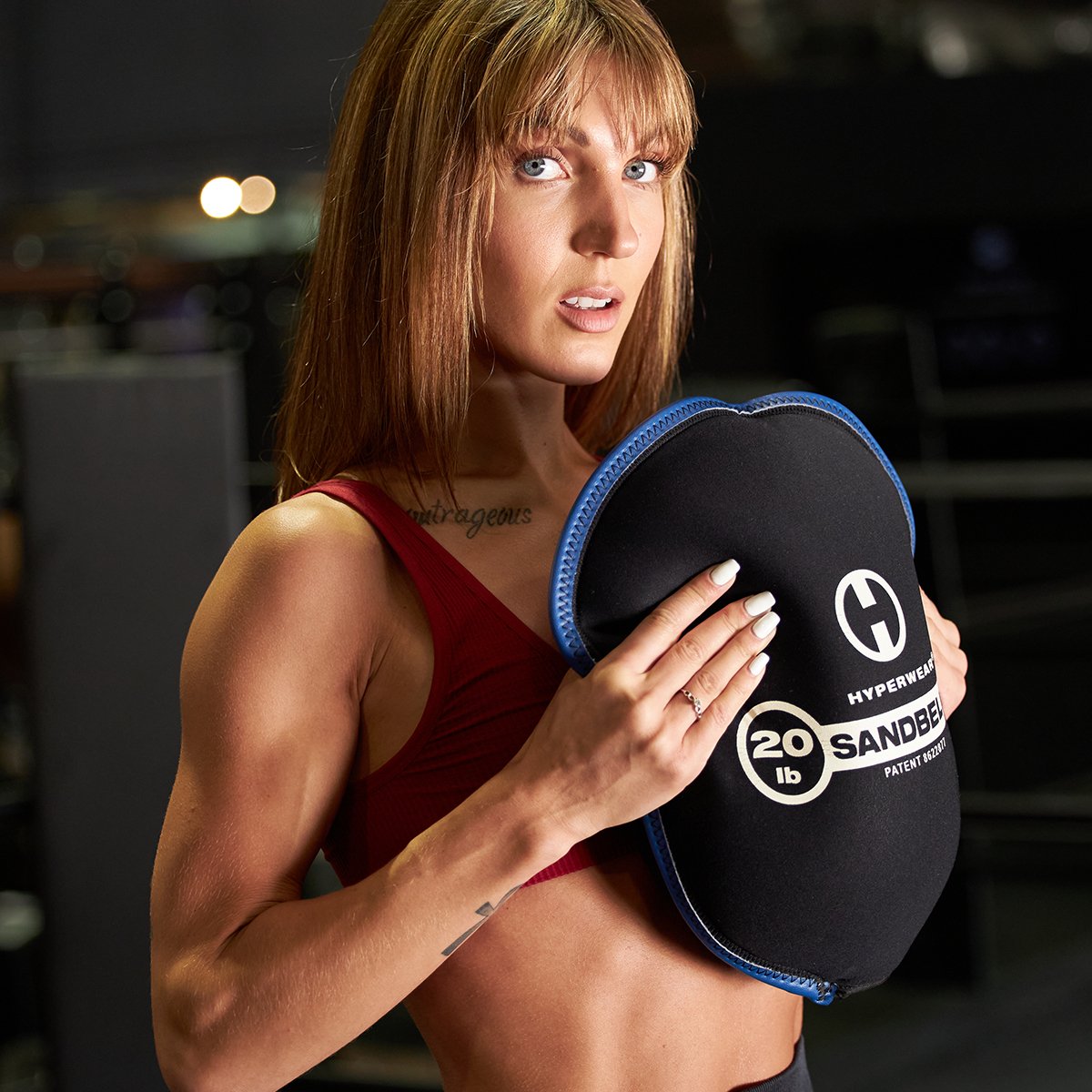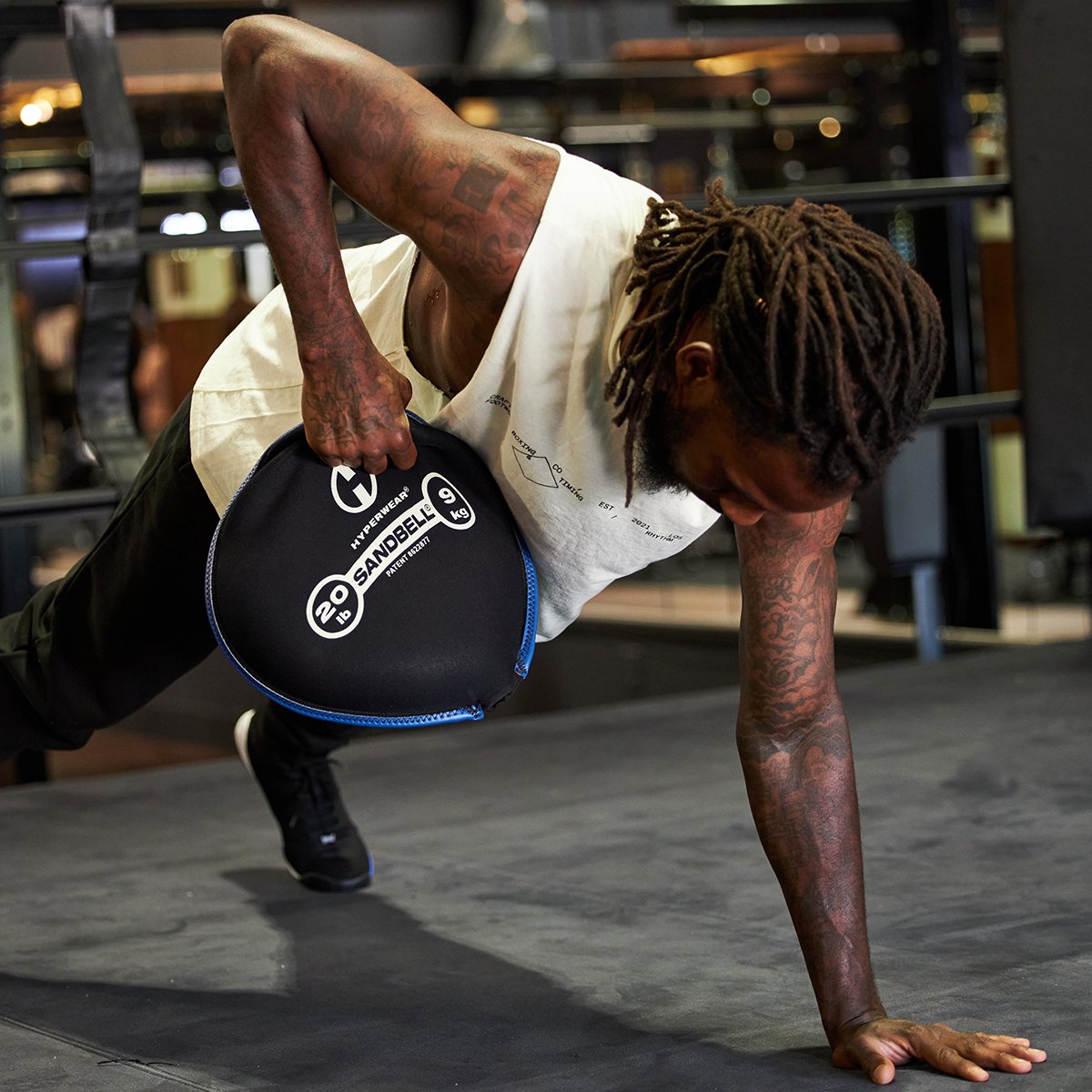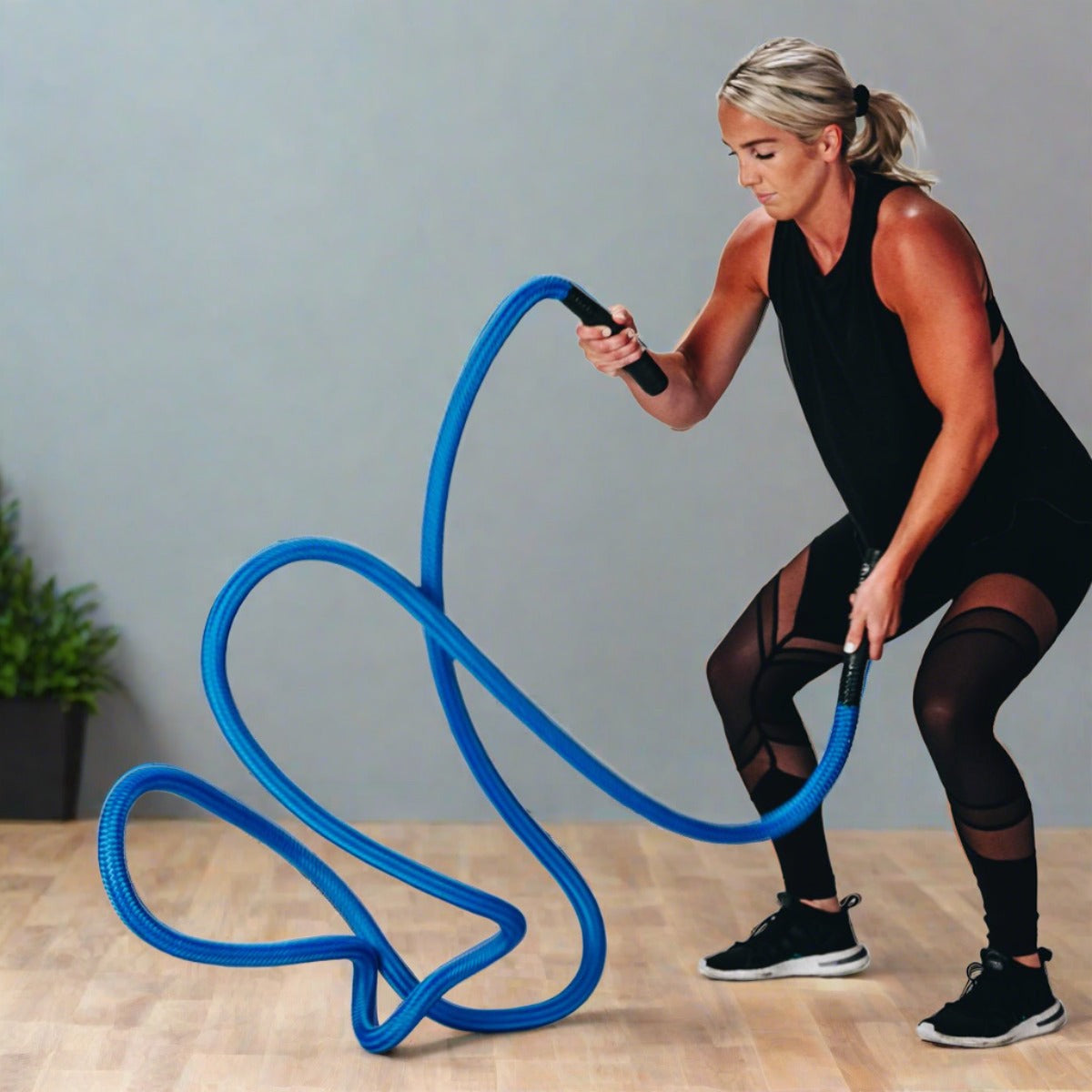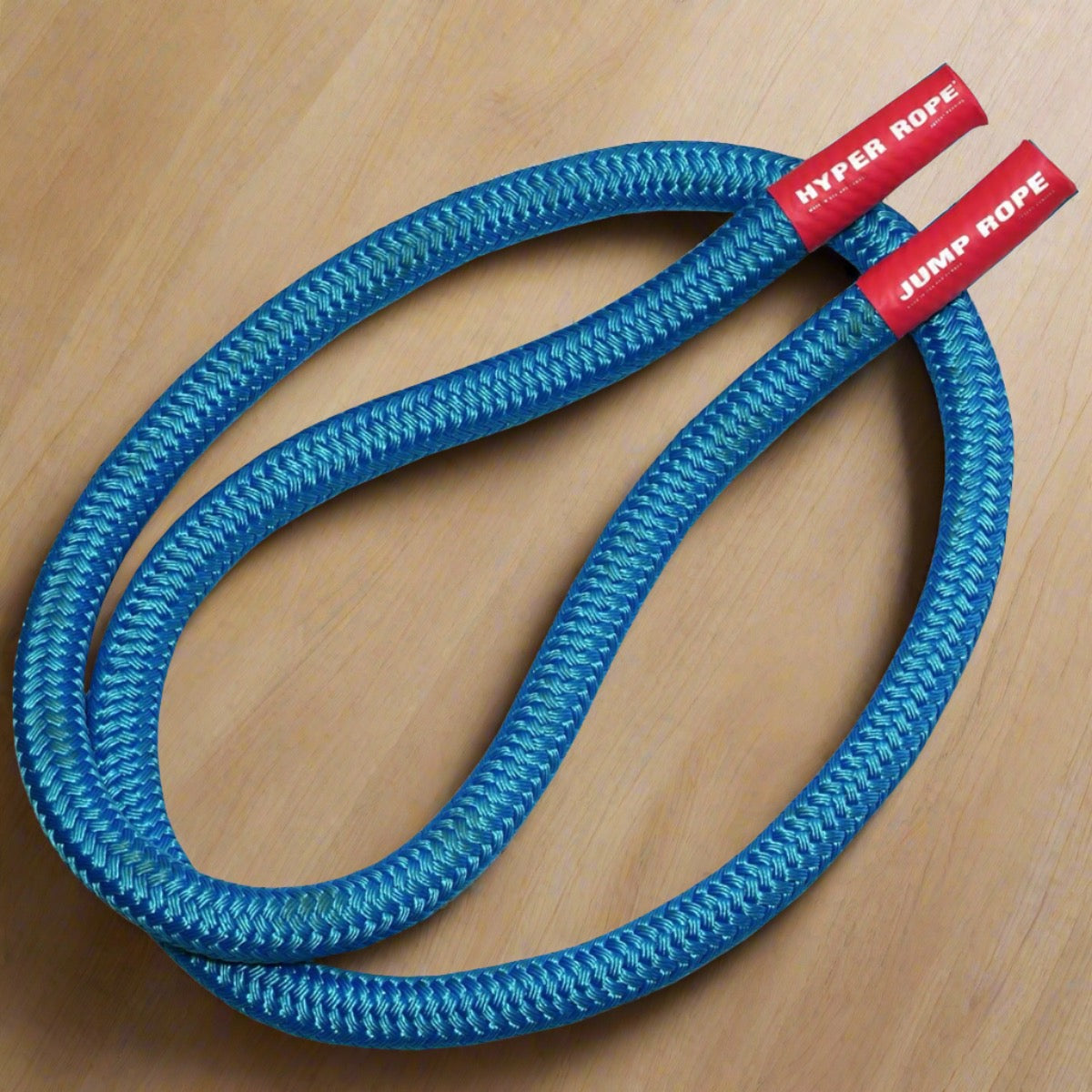How an adjustable weight vest works
People who want to maximize their workouts should consider an adjustable weight vest. By offering users a system in which weight can be added or removed, adjustable models give users more choices in how they integrate the vest into their exercise. For a long time, weight vests have been preferred training tools for individuals practicing power sports, such as football, but people are increasingly using them in their aerobic and strength training regimens. Below is a look at why an adjustable weight vest is superior to non-adjustable weighted vests in a variety of applications.
Running
Runners are some of the main users of body weight vests. This is no wonder, considering the dramatic improvements in stamina possible in relatively little time through weighted sprints or long-distance runs. Unfortunately, runners are likely to hit a plateau soon after starting to engage in weighted runs if they are using fixed-weight vests. At the same time, excessively heavy non-adjustable vests may be of little use to non-sprinters, who are less interested in anaerobic exercise compared to aerobic training. An adjustable vest is best for all types of running and can be made heavier as fitness increases.
Plyometric Training
Plyometric training focuses on building explosive strength, which is especially valuable for power athletes, wrestlers and football players. Regardless of how fit an athlete is initially, an adjustable weight vest offers an intense workout with less risk of injury. Adjustable weight vests also let users place weights in the places they prefer, which means that different centers of gravity can be simulated during squat jumps and other movements. This results in better-rounded strength and stability.
Walking
Walking is a low-impact exercise on its own, but its intensity can be increased easily by including exercise weight vests in the activity. Greater weights can be used on short-distance walks for building stamina or on longer hikes for developing endurance. Lower weights are valuable for general weight loss and fitness without the need for any other equipment. With an adjustable weight, users can take advantage of both types of weighted walking and possibly avoid injury by increasing the weight slowly over time.
Speed and Agility Training
Exercising for speed and agility calls for enough weight to challenge the user but not enough to slow him or her down significantly. According to experts, individuals engaging in this training should wear exercise weight vests that weigh five percent of their body weight or less. This means that fixed-weight vests are not ideal in this situation. For serious athletes focusing on speed and agility, adjustable weight vests are the best option.
Bodyweight Strength Training
Bodyweight exercises, such as push-ups, pull-ups, dips and bodyweight squats, can be performed nearly anywhere and require no weights, but increasing resistance can be challenging. With adjustable weight vests, bodyweight strength athletes can increase resistance in an organized way to keep track of progress and build more muscle through bodyweight movements. Because the vest hugs the torso, stability-enhancing benefits of bodyweight exercises are boosted. Some bodyweight strength athletes make weight vests a staple of their regular workouts, but others utilize body weight vests to overcome plateaus in their normal regimen.
An adjustable weight vest is a practical choice for fitness-minded individuals who are focused on tracking achievements and making progress. For targeted training in various sports or convenient weight loss and general exercise, adjustable weight vests are far superior to non-adjustable models. For building strength, speed, stamina and endurance, an adjustable weight vest offers plenty of options in one package.





